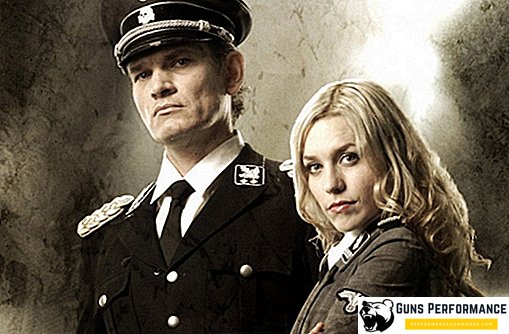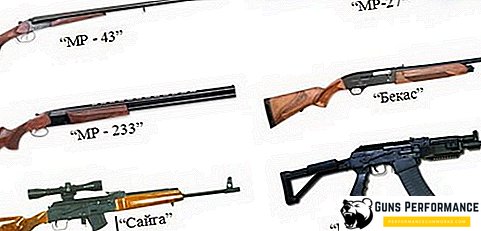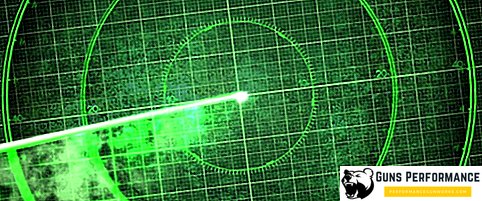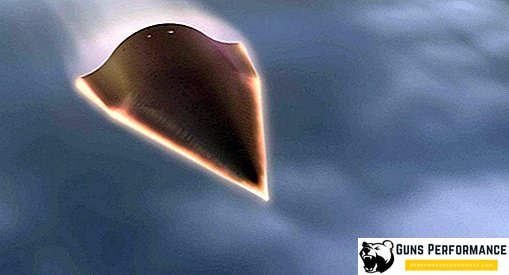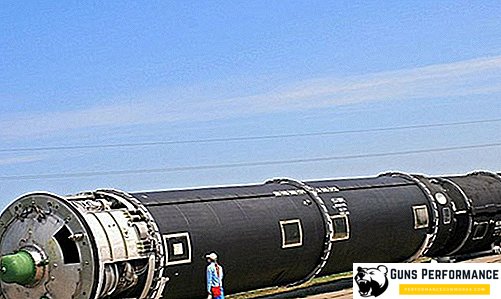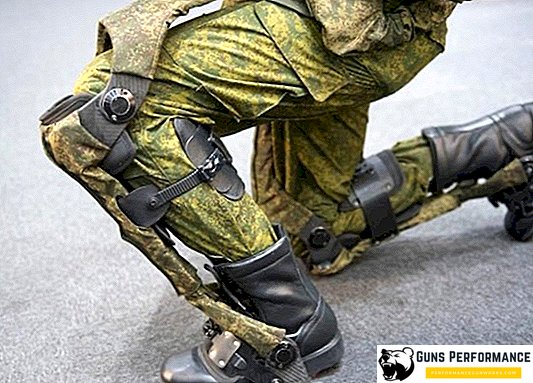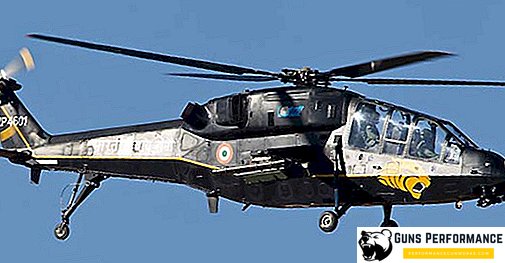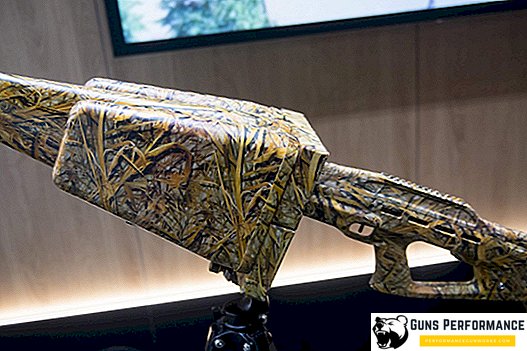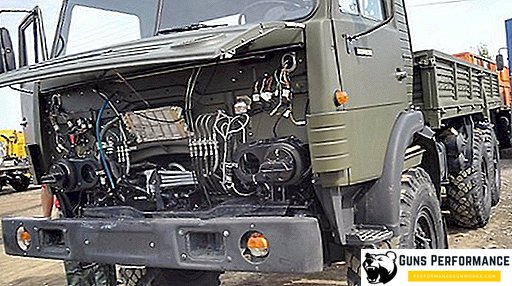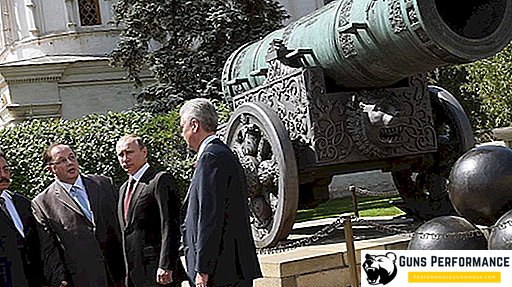
Since humankind invented gunpowder, the role of artillery on the battlefield has steadily increased. The guns were first used to destroy the walls of enemy fortresses and other enemy fortifications, and then they began to be used to destroy the enemy's manpower. In the last century, artillery became the real "goddess of war", largely determining the outcome of two world wars.
Military history knows dozens of examples of unique artillery guns, some of them have unusual characteristics, while others have participated in interesting events that sometimes changed the fate of entire countries or the outcome of military conflicts. The most famous and unique Russian artillery gun, no doubt, is the Tsar Cannon. It is considered the largest gun in the world, and for this reason is listed in the Guinness Book of Records.
We can say that today the Tsar Cannon and Tsar Bell are one of the main attractions of Moscow, few tourists leave without taking a selfie with these wonderful monuments of Russian antiquity. Children are especially pleased with this wonder.

Disputes around the Tsar Cannon have not subsided for several centuries. It is not known for what purpose it was made, and if she ever shot? Is it a props or a real weapon created for the defense of Moscow in the Middle Ages? Who is he, the master who cast off the Tsar Cannon? Where is this weapon today?
Description
The Tsar Cannon is a medieval artillery gun, or more precisely, a bombard. It has a length of 5.34 m, the outer diameter of the barrel is 120 cm, the caliber of the gun is 890 mm, and weighs 39.31 tons. The length of the barrel is six calibers, therefore, according to the modern classification, the Tsar Cannon is a mortar.

The gun is completely made of bronze. It was made by Russian master Andrei Chokhov (Chekhov) in 1586 at the Cannon Yard.
The master, who cast off the Tsar Cannon, was richly decorated with various reliefs and inscriptions. On the right side of the muzzle of the gun is a relief depicting Tsar Fyodor I Ioannovich, during the reign of which this marvelous monument of foundry art was made. The Russian autocrat is depicted on a horse with a crown on his head, in one hand he holds a scepter. There are inscriptions on the trunk from which one can find out when and by whom the Tsar Cannon was made. Some historians believe that the name of the gun appeared precisely because of the image of the king on it. Although, most likely, it is associated with the enormous size of the instrument.

On each side of the barrel there are four brackets designed to transport the gun.
Curious bore Tsar Cannon. Inside from the muzzle it looks like a cone, with an initial diameter of 900 mm and a final diameter of 825 mm. The charging chamber also resembles a cone: its initial diameter is 447 mm, and the final one (the one in the breech) is 467 mm. The bottom of the chamber is flat.
Story
As mentioned above, the Tsar Cannon was cast in 1586 by gunsmith Andrei Chokhov. At that time, Tatar raids were very frequent, which not only invaded Russian lands, but also seized and ravaged Moscow itself several times.
Therefore, it is believed that a gun of this size and caliber was made specifically to protect the capital from the next Tatar raid.

Initially, the Tsar Cannon defended the bridge across the Moscow River and defended the Savior Gate, later it was placed near the Execution Ground, installing a special roll of logs. The Tsar Cannon did not succeed in participating in this battle.
During the reign of Peter I, the gun was moved to the courtyard of Arsenal, and later took place at its gate.
In the 19th century (in 1835, to be more precise), a magnificent carriage made of carved ornaments and cast iron cores were made for the Tsar Cannon. All this was done at the St. Petersburg factory Byrd by sketches by architect Briullov.

In the 60s of the last century, the gun again had to change its place of deployment. Because of the construction of the Kremlin Palace of Congresses, the Tsar Cannon was solemnly relocated to Ivanovskaya Square of the Kremlin. There she is today.
In 1980, they decided to repair the gun and sent it to the Serpukhov Works, where experts examined it. It was then that it was established that the Tsar Cannon was still fired, probably it was during the shooting of the gun. This is confirmed by the name stamp of the master, found on the inside of the barrel, in those days it was put only after checking the instrument. According to the poet Gumilev, it was from the Tsar Cannon that the ashes of False Dmitriy were fired towards the Polish border. When examining the gun barrel, particles of gunpowder and soot were found in it, which confirmed the fact that the gun was used for its intended purpose. Although, some authors doubt it, pointing to the tides of bronze in the barrel, which would inevitably succeed at the first shot. In addition, the Tsar Cannon does not have a pilot hole, which raises many questions.
Usually, guns of a similar size and caliber were used at those times to fire at the walls of enemy fortresses. A typical example of such tactics is the use of a huge Seljuk cannon during the siege of Constantinople in 1453. It was she who played a decisive role in the fall of Constantinople.
Bombards were laid on special wooden scaffolds, and piles were hammered from behind to stop firing. An artillery crew was hiding during the shot next to the cannon in the trenches, for the instruments of that time very often broke off.

The attentive observer will immediately notice that the Tsar Cannon has no trunnions, with the help of which an elevation angle is attached when firing from modern guns. Bombards fired stone cores, the process of loading them took hours, and even whole days. So to use such a weapon on the battlefield against infantry or cavalry is extremely problematic. Those cast-iron cores (they are also hollow inside), which now lie next to the tool, are nothing more than a sham. When you try to shoot them, the gun is guaranteed to break.
The gunsmiths of the 19th and 20th centuries generally believed that the Tsar Cannon was made to intimidate the enemy, so to speak, to suppress his morale and doubted that they had ever been fired from this weapon.
In the documents of the XVIII-XIX centuries, the Tsar Cannon is often called the "shotgun." Shot before the gunners called the canister, consisting of small stones. However, as a shotgun, this weapon is extremely inefficient. In short, the Tsar Cannon is too big for a shotgun. The inventories of the Moscow Arsenal at the beginning of the 18th century indicated the calibers of various shotguns. The largest of them was 25 pounds. However, the most numerous was even smaller caliber - 2 pounds. The Tsar Cannon is also indicated in this inventory, its caliber was 1,500 pounds.


